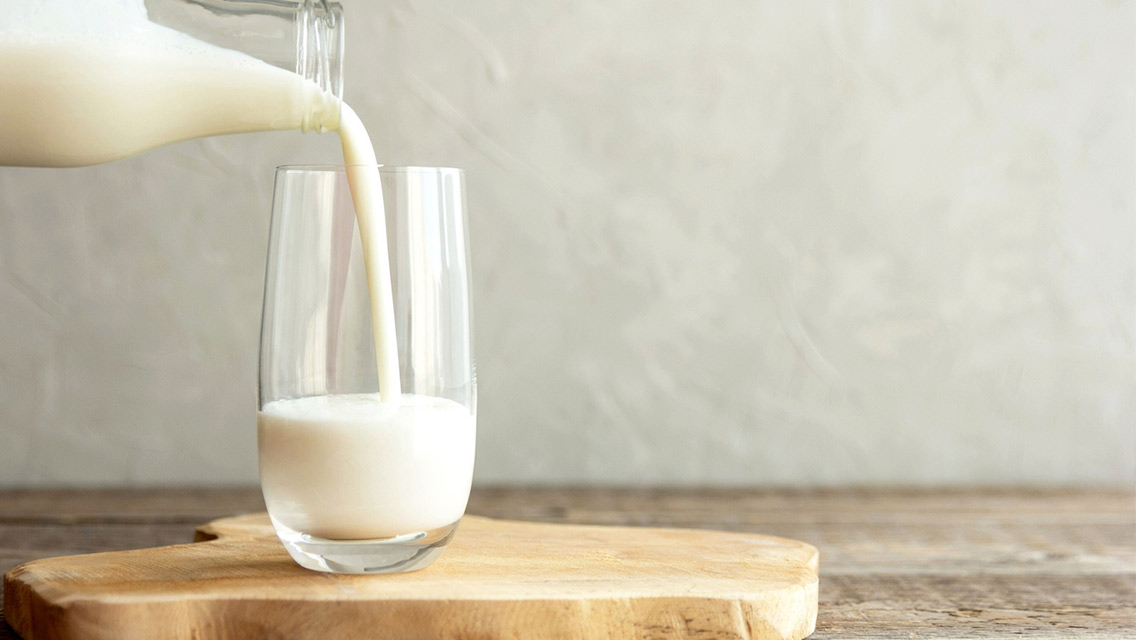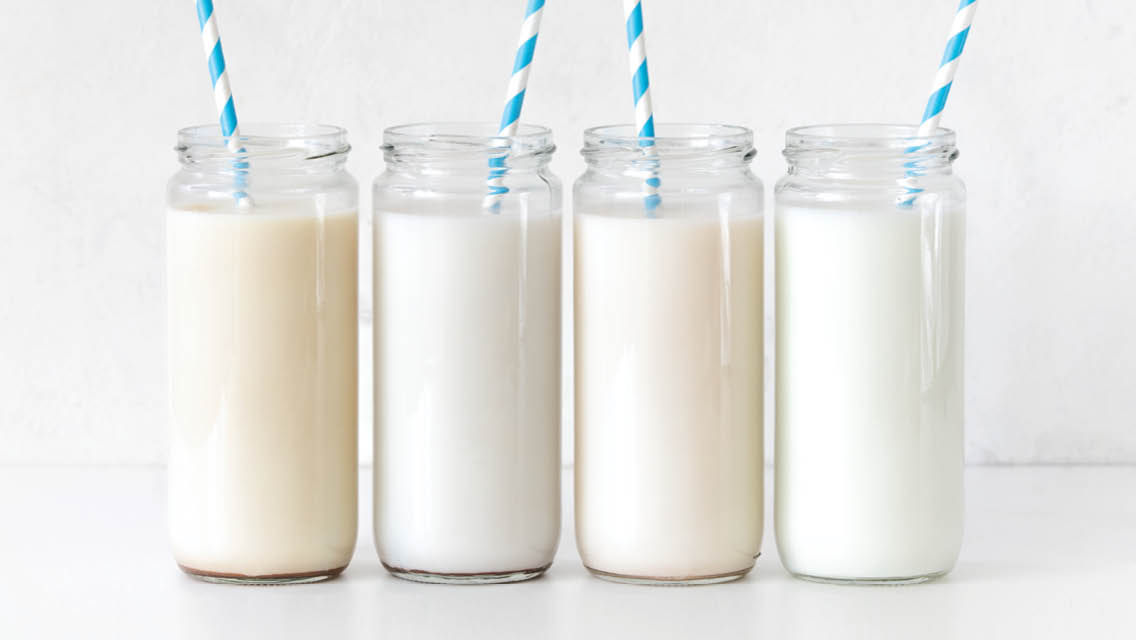Although they sound wholesome and healthy, many plant-based milk alternatives have lengthy ingredients list. Here’s the lowdown on the ingredients hiding in a typical carton of organic rice milk.
Organic brown rice syrup: Made by exposing brown rice to enzymes that break down the natural starch content of rice into a sugary syrup. “These types of sweeteners are basically a euphemism for sugar and not much better nutritionally,” says dietitian Tamara Duker Freuman, RD. (Learn the different terms used for sugar at “61 Names for Sugar“.)
Organic expeller-pressed safflower and/or sunflower seed oil: Many brands add a small amount of vegetable oil to give the product more “body.” Although expeller-pressed oil is extracted without the use of dangerous chemicals like hexane, these vegetable oils still are high in inflammatory omega-6 fats.
Tricalcium phosphate: The calcium used to fortify the product and, hence, says Robert Heany, MD, it’s not as bioavailable to the body.
Sea salt and organic vanilla extract: Natural flavor enhancers.
Carrageenan: A natural polysaccharide (carbohydrate) extracted from red seaweed. Similar to guar or xanthum gum, it’s used as a thickening agent to help give the product a consistency more similar to cow milk. It also acts as an emulsifier, meaning it keeps contents from separating. Not very well studied.
Natural flavor: Used to make processed rice milk more palatable. The technical difference between a “natural flavor” and an “artificial flavor” is that the former has to be derived from a real food at some point. Still, it’s likely to have been manufactured in a laboratory.
Vitamin A palmitate: Added to provide a source of vitamin A naturally found in animal foods such as whole milk.
Ergocalciferol (vitamin D2): A vegetarian-sourced form of vitamin D, and, according to Heaney, not as potent as the vitamin D3 added to most cow milk.
Cyanocobalamin (vitamin B12): Almost exclusively found in animal-based foods, vitamin B12 is pumped into an increasing number of nondairy alternatives.
This was excerpted from “The New Moo” which was published in the September 2012 issue of Experience Life magazine.





This Post Has 0 Comments